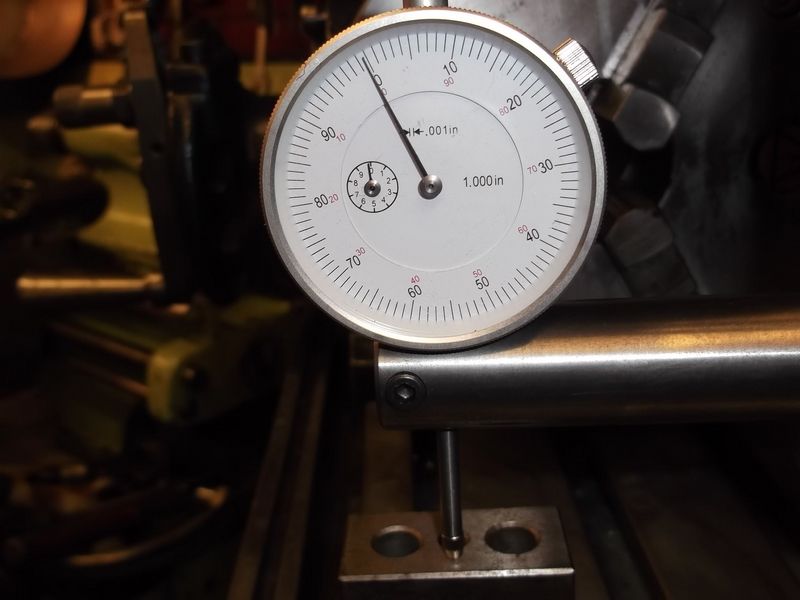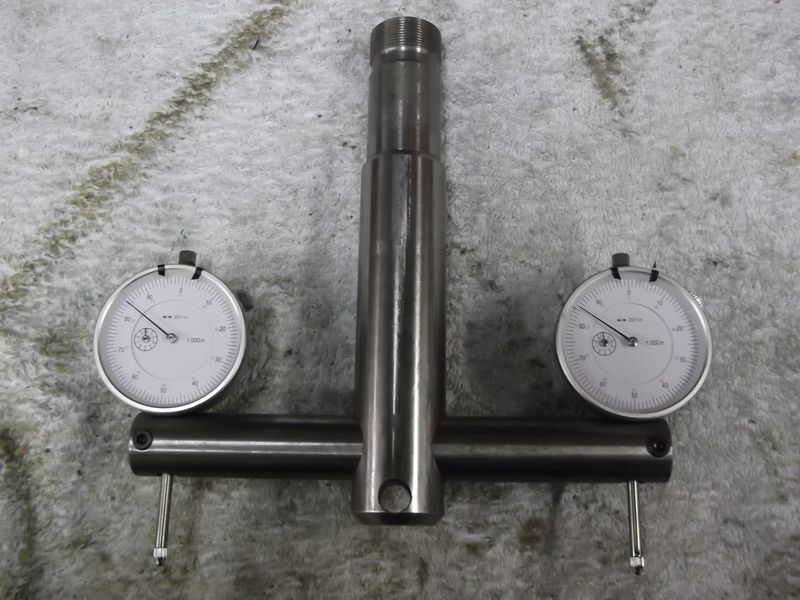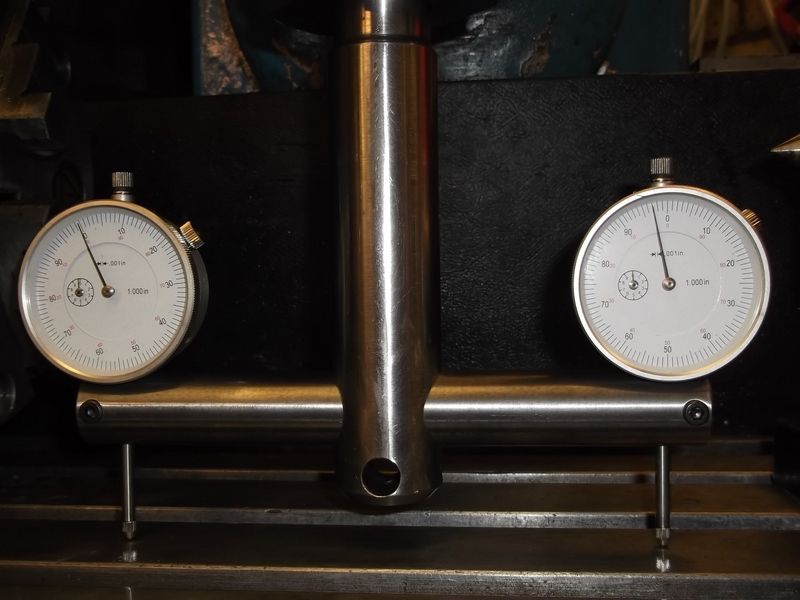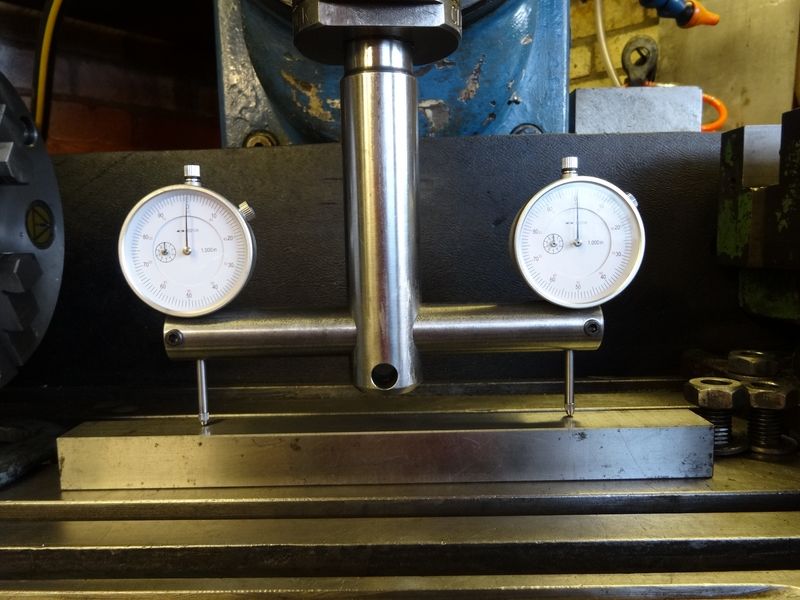BaronJ
Grumpy Old Git.
Don't feel bad I had to think about mine again my t-slot is in the middle of the table. I'd thought about making mine with adjustable arms to give a better read on the length of the table.
Todd
Hi Todd,
A trick that might help is to use a sheet of glass laid on the table. You need a glass from an old scrapped scanner. Don't attempt to cut it to size, it will just shatter into a million pieces.
I don't like the adjustable arms idea ! You would introduce too many variables. A single gauge and a long arm would be better.


















